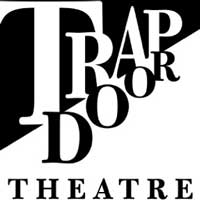
 This year, Trap Door Theatre is encouraging playwrights with disabilities to join with able-bodied persons to see their works performed on stage as part of their Trap Open Series. The absurdist play “The Delivery” by Swedish playwright Charlotte Jung opens the season with only four performances.
This year, Trap Door Theatre is encouraging playwrights with disabilities to join with able-bodied persons to see their works performed on stage as part of their Trap Open Series. The absurdist play “The Delivery” by Swedish playwright Charlotte Jung opens the season with only four performances.
This a play under development that needs a lot of work. Jung writes: “My playwriting is within the absurd genre – and although life on this planet is oftentimes absurd I don’t believe it’s without meaning.” Unfortunately, “The Delivery” feels like it was without meaning. The drama doesn’t go anywhere. The audience is left pretty much with what we started with. It actually starts out quite good, and I liked roughly the first 30 minutes of this 80-minute show. But generally speaking, the story ought to point to some higher truth or some reason for being.
In a brilliant acting performance by Emily Nichelson, a paranoid young woman named Luce receives a package; it’s a delivery to the neighbor downstairs. But she is afraid to accept the box and sign for it, because she has no clue what could be inside. She also doesn’t know if the deliveryman (Rio Ragazzone) is the person he says he is. Could he possibly have evil intentions? Eventually, she takes in the box, which she adds to a large collection of boxes already in her apartment; then she decides that the deliveryman was not out to harm her. This is followed by her nosy neighbor Mrs. Jenkins (Amy Jean Johnson) who comes by with a pie in hand to entice Luce to open her apartment door. Apparently, Luce is afraid of everybody, including Mrs. Jenkins, whom she has known since she was a child. According to her neighbor, Luce has never left her apartment. In one of the best scenes in the show, the neighbor talks about how you never know who might be knocking on your door or how safe you may or may not be, while holding a huge knife to cut the pie. Mrs. Jenkins wields it in such a way that the audience begins to wonder if she plans to do any harm to Luce. Like the deliveryman, Luce decides that Mrs. Jenkins is indeed the person she purports to be and is equally harmless.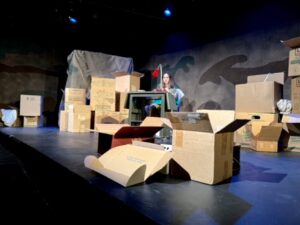
It is around the time when the movers show up (also played by Ragazzone and Johnson) when I started to lose interest. What is meant to be absurd becomes so absurd that it doesn’t make sense. Who are these movers supposed to be, and why are they in Luce’s apartment moving her stuff when she clearly states that she’s not moving? Is Luce imagining what could happen to her—or what has happened to her? There is also a doll that Mrs. Jenkins says she will fix. It is wearing the same tunic top that Luce is wearing, that is, dark turquoise in color, and we begin to wonder whether Mrs. Jenkins wants to actually fix the doll or fix Luce! Is Luce imagining that the doll is really her or is Luce a projection of the doll’s imagination? The introduction of Stuffy and Huffy is so absurd that I started rolling my eyes but realized that since I was sitting in the first row, this was not a good idea. And I just couldn’t figure out the part about Luce suddenly wanting to be married.
Towards the end when we see the second to the last scene with the horrible assault and violence, we especially wonder how much of this is supposed to be real and how much of this is a nightmare that Luce has dreamt up for herself, considering all of her fears and worries. Is Luce really a blind woman, considering the dark glasses she wears, and is this supposed to be a story in flashback about how she became blind, that is, as a result of horrendous abuse? Is the show meant to be a deep dive into terrible memories that Luce has held onto over the years? None of this is made clear. Should it have been? The playwright describes her show as being feminist and that there is a “transformational process” involving Luce, but I didn’t see any of this.
There is no scenic design whatsoever, but that’s okay, given the nature of the story. Luce’s desk is the only piece of furniture on stage, and the props largely consist of lots and lots of boxes. The show was not without its technical issues on opening night. The funniest one was when the cord on the telephone kept disconnecting itself, and Luce had to talk into the phone anyway. What I really liked about the show is the” clever use of foley”, thanks to the work of Juliana Liscio. At the beginning, we see the foley operator located towards the ceiling at stage left, producing all sorts of interesting and unusual sound effects. Later on, she becomes the voice of the doll.
At the very least, here are a few ideas to improve the show:
More has to be done with the box that is delivered. It needs to be called “The Delivery” for a reason that rivets the audience from the beginning to the end. The playwright should bookend the delivery of the box at the beginning of the show with its removal by Luce or by some other character at the end. Alternatively, Luce could open the box when perhaps it makes a noise or something. Perhaps she realizes that she was the intended person to receive the box and that it was accidentally addressed to the wrong person. The possibilities are endless. This ties in with suggesting that the movers ought to give Luce a real reason for showing up, such as to say, “The landlord told you before he wants you to move downstairs. Don’t you remember?” Or the show could point up Luce’s larger issues with running her life—and the fact that she might need to see a mental health professional—since she keeps all her possessions in boxes.
As time went on, I started looking at my watch surreptitiously. The hands barely moved. This is never good. While it is okay that Luce’s personality is rather wonky, she ought to grow in some way or, at least, the audience needs to take away something from the performance above and beyond being creeped out or feeling pity, disgust, or bafflement. In all, I was disappointed by the show. “The Delivery” does not deliver. Maybe in the future it will.
“The Delivery” runs through February 20, 2024, at the Trap Door Theatre, 1655 W. Cortland Street, in Chicago.
General Admission Tickets: $15
Performance schedule:
Mondays and Tuesdays. All performances at 8:00 p.m. Four performances only.
The Monday, February 19th performance will include Audio Description and Open Captioning.
For more information about this show and to purchase tickets, visit: https://trapdoortheatre.com/the-delivery/.
For information about the Trap Open Series, see: https://trapdoortheatre.com/trap-open/.
For general information about the Trap Door Theatre and to learn about their other offerings, go to: https://trapdoortheatre.com/.



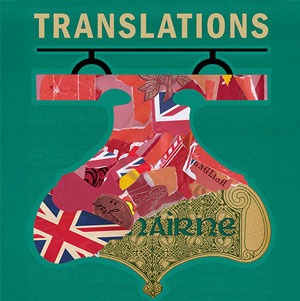
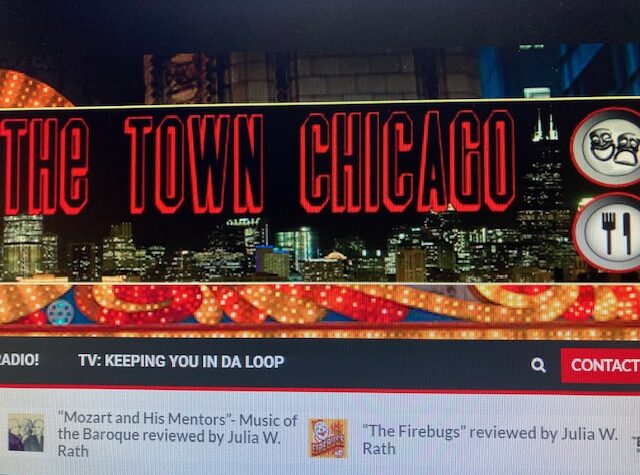
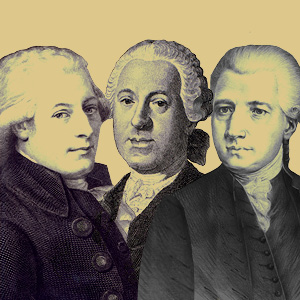
More Stories
“Stardust” Reviewed by Jeffrey Leibham
Finding Paul Lisnek
“Mozart and His Mentors”- Music of the Baroque reviewed by Julia W. Rath